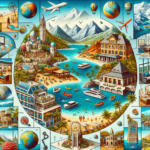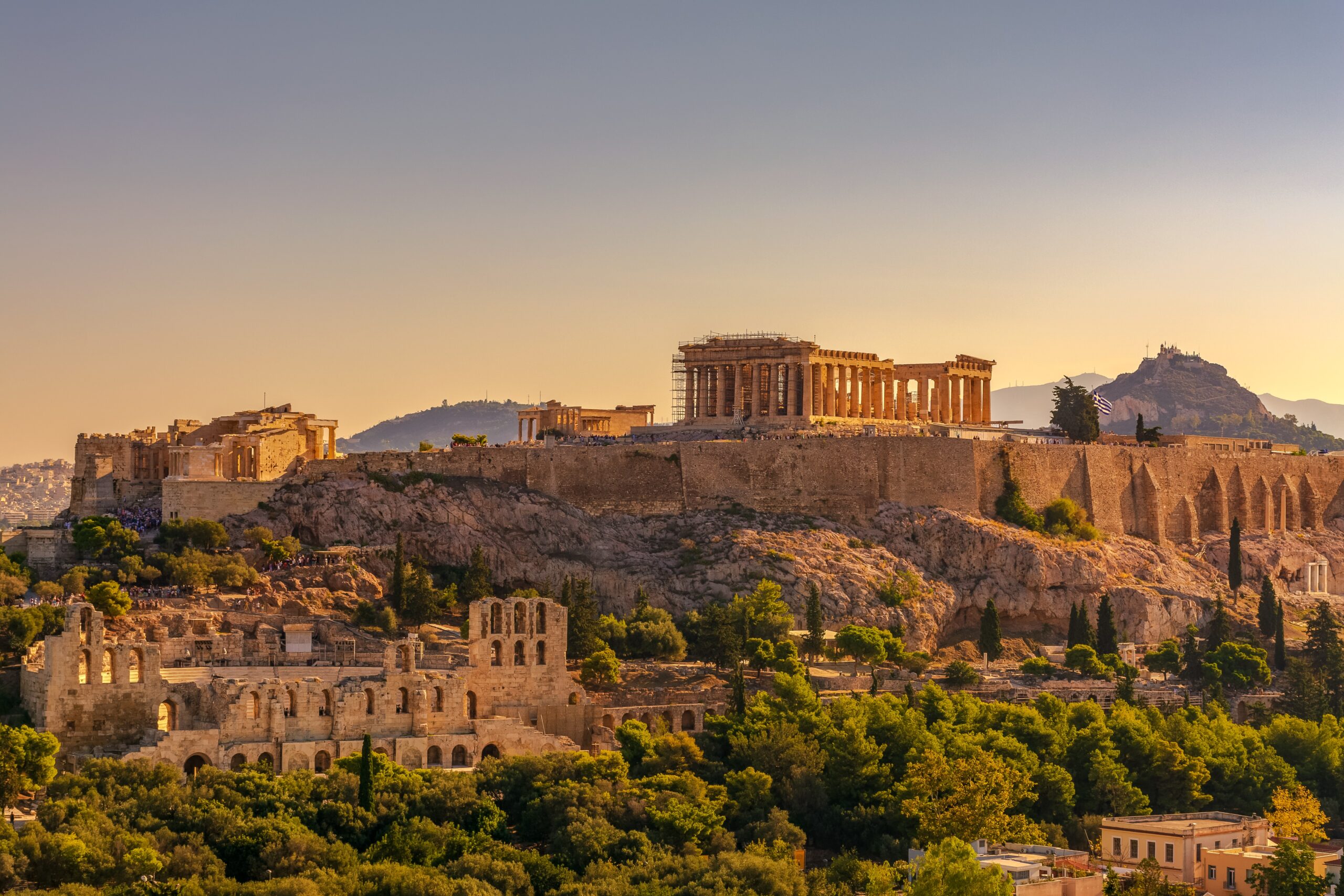Hey there! In this article, we’re going to discuss Mayan ruins and give you some interesting information about them. You’ll learn about the best timeshare locations near these ancient ruins, allowing you to immerse yourself in the rich history and culture of the Mayan civilization. So, get ready to explore these incredible archaeological sites and discover the wonders they hold. Let’s get started!
Thank you for reading this post, additional resources can be found here, Everything About Timeshares
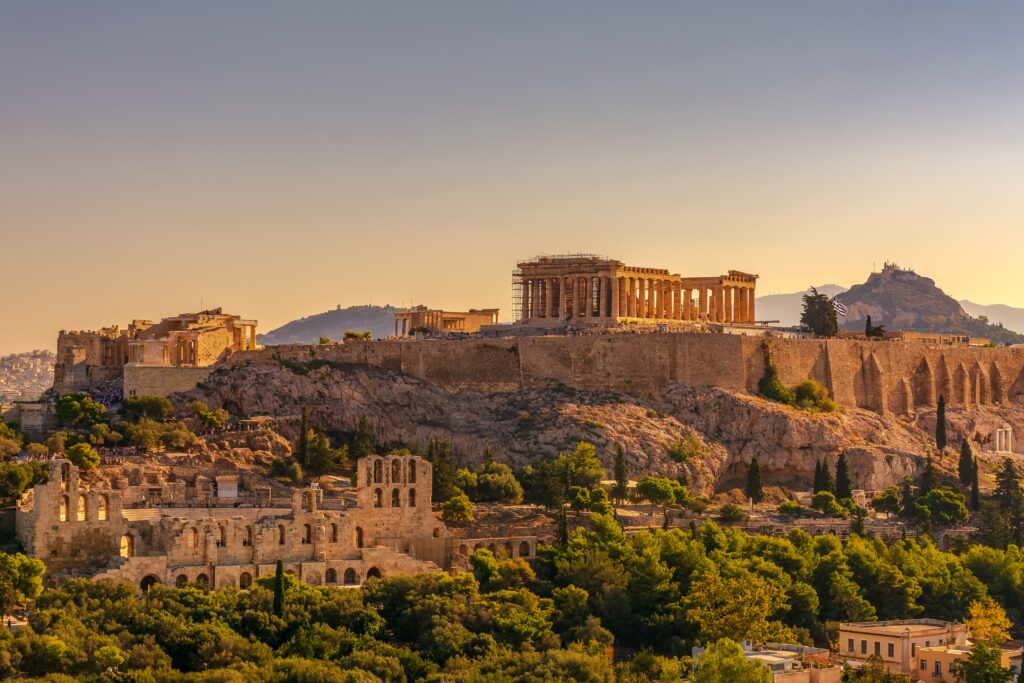
Overview of Mayan Ruins
What are Mayan ruins?
Mayan ruins are ancient architectural structures that were built by the Mayan civilization, which thrived in Central America from around 2000 BCE to 1500 CE. These ruins are remnants of the once-great Mayan cities and are found in present-day countries such as Mexico, Belize, Guatemala, and Honduras.
Importance of Mayan ruins
Mayan ruins hold immense importance as they provide a glimpse into the rich cultural and historical heritage of the Maya civilization. These ruins serve as a testament to the advanced architectural, engineering, and mathematical skills of the Mayans and their deep understanding of astronomy and astrology. The intentional placement, design, and construction of these ruins also indicate the significance of religion, politics, and social structure in Mayan society.
History of Mayan ruins
Mayan ruins date back thousands of years and are a testament to the ancient Mayan civilization. The Maya inhabited the region that comprises modern-day Mexico, Belize, Guatemala, and Honduras. They built elaborate cities with impressive structures, such as temples, pyramids, ball courts, and observatories. The Mayan civilization experienced periods of prosperity and decline, with many cities being abandoned or destroyed for unknown reasons. Today, these ruins stand as a reminder of the once-great Mayan civilization and its fascinating history.
Significance of Mayan Ruins
Architectural marvels
Mayan ruins are renowned for their impressive architecture. The structures were built using local materials such as limestone, which was expertly carved and shaped to create intricate designs. The most iconic architectural features of Mayan ruins are the stepped pyramids and temples, which often reached impressive heights. These structures showcase the precision, engineering skills, and mathematical knowledge of the Mayans, who managed to build magnificent structures without modern tools or machinery.
Cultural and historical value
Mayan ruins provide invaluable insights into the culture, traditions, and daily lives of the ancient Maya civilization. The ruins are adorned with detailed carvings and hieroglyphs, which depict scenes of religious rituals, warfare, and daily activities. These carvings help researchers and archaeologists decipher the complex Mayan writing system, giving us a better understanding of Mayan history and beliefs. The ruins also serve as a reminder of the sophisticated political and social structures that governed Mayan society.
Influence on modern-day civilizations
The Mayan civilization has had a significant influence on modern-day civilizations in Central America. Many of the cities founded by the Mayans, such as Chichen Itza and Tikal, are still inhabited today. The Mayan ruins attract tourists from all over the world, contributing to the local economy and promoting cultural exchange. These ancient ruins have also influenced contemporary architecture, art, and even fashion, with Mayan-inspired designs being incorporated into various aspects of modern culture.
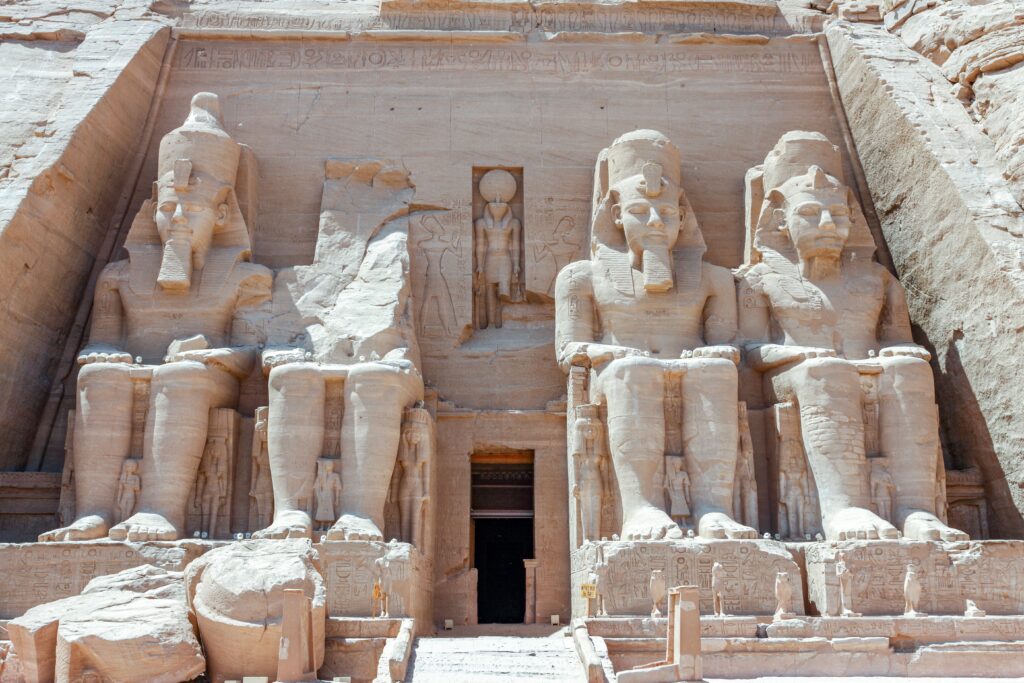
Famous Mayan Ruin Sites
Chichen Itza
Chichen Itza is one of the most famous Mayan ruin sites in Mexico and is recognized as a UNESCO World Heritage site. It is home to the iconic El Castillo, also known as the Temple of Kukulcan, which is an impressive stepped pyramid. Chichen Itza was a major center of Mayan civilization and thrived between the 9th and 12th centuries. The site also features a sacred cenote, ball courts, and numerous other temples and structures.
Tulum
Tulum is a unique Mayan ruin site located on the coast of the Yucatan Peninsula in Mexico. It is known for its breathtaking views of the Caribbean Sea and is one of the few Mayan cities built on a coastal cliff. The ruins of Tulum were once a thriving port city and served as an important trading hub. The site features well-preserved temples, a castle, and a wall that protected the city from invasions.
Palenque
Palenque, located in the dense jungles of Mexico’s Chiapas state, is renowned for its intricate and detailed architecture. The structures at Palenque are known for their intricate sculptures and stucco reliefs, depicting gods, rulers, and mythological creatures. The site also houses the Tomb of Pakal, a significant archaeological discovery. Palenque was a powerful city-state during the Classic Period of the Mayan civilization.
Copan
Copan, located in present-day Honduras, was a major center of the Mayan civilization during the Classic Period. The site is known for its intricate stone carvings and hieroglyphic stairways. The Acropolis, a large complex at Copan, features temples, palaces, and plazas. Copan is recognized for its artistic achievements, including the Egroup, a unique architectural arrangement. The site also contains several ball courts, reflecting the importance of the ballgame in Mayan culture.
Uxmal
Uxmal, located in the Yucatan Peninsula of Mexico, is renowned for its well-preserved and highly decorated buildings. The site showcases the Puuc architectural style, characterized by intricate stone mosaics and geometrical patterns. Uxmal’s most iconic structure is the Pyramid of the Magician, which stands as a remarkable example of Mayan craftsmanship. The site also features the Palace of the Governor, an impressive structure adorned with intricate carvings.
Tikal
Tikal, located in the dense jungles of Guatemala, is one of the largest and most impressive Mayan ruin sites. It served as a prominent city-state during the Classic Period and was a center of Mayan civilization. Tikal is known for its towering pyramids, such as Temple I and Temple II, which offer breathtaking views of the surrounding jungle. The site also includes numerous plazas, ball courts, and ceremonial platforms.
Exploring Mayan Ruins
Popular activities at Mayan ruins
Visiting Mayan ruins offers a wide range of activities for tourists. Exploring the ruins on foot allows you to immerse yourself in the magnificent architecture and intricate carvings. Many sites have designated trails and paths that guide visitors through the ruins, providing an opportunity to learn about the history and significance of each structure. Climbing the pyramids and temples, where permitted, offers breathtaking panoramic views of the surrounding landscape.
Guided tours and archaeological sites
Guided tours are an excellent way to enhance your experience at Mayan ruins. Knowledgeable guides can provide valuable insights into the history, culture, and architectural features of the sites. They can decipher the hieroglyphic inscriptions and illuminate the religious and political significance of the ruins. Additionally, many Mayan ruin sites have on-site museums that display artifacts and provide further context for the structures you are exploring.
Archaeological significance of each ruin
Each Mayan ruin site has its own unique archaeological significance. Researchers and archaeologists continue to study and uncover new insights about these ancient cities. Excavations have revealed royal tombs, hieroglyphic inscriptions, and artifacts that shed light on Mayan religious practices, social structure, and daily life. Ongoing research and discoveries at these sites contribute to our understanding of the Mayan civilization and its enduring impact on the world.
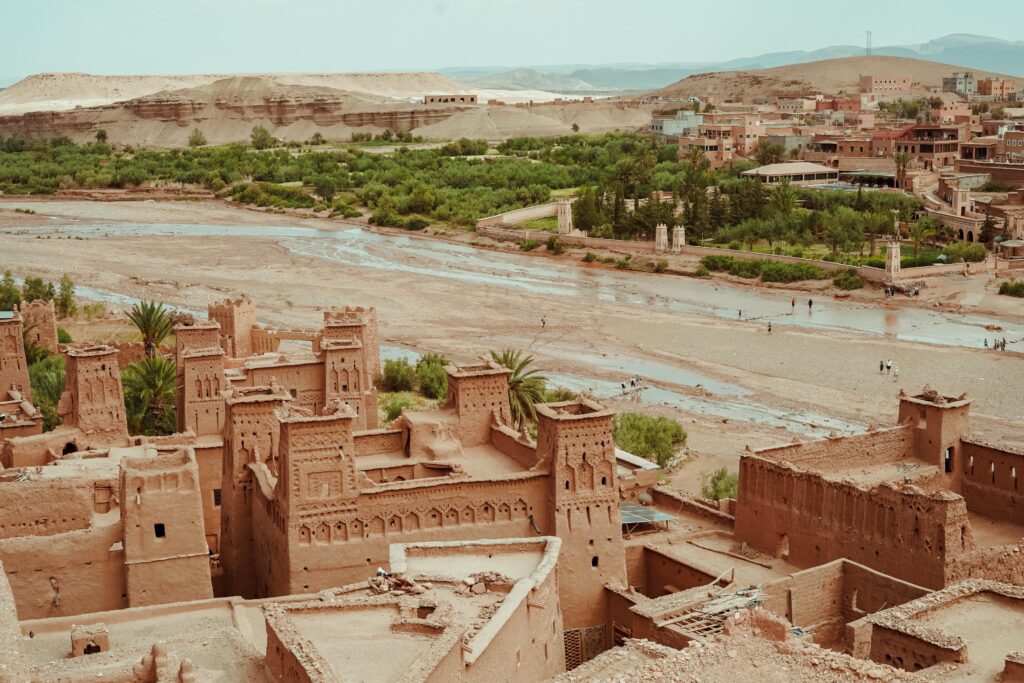
Preservation of Mayan Ruins
Conservation efforts
Preserving Mayan ruins is of utmost importance to ensure their longevity and safeguard the cultural heritage they represent. Conservation efforts focus on stabilizing the structures, preventing further deterioration, and protecting them from natural elements. This includes regular maintenance, monitoring, and documentation of the sites. Local and international organizations work together to implement conservation strategies and raise awareness about the importance of preserving these invaluable archaeological treasures.
Restoration projects
In addition to conservation efforts, restoration projects play a crucial role in preserving Mayan ruins. Skilled craftsmen and archaeologists work diligently to restore damaged structures, using traditional techniques and materials. The goal of restoration is to recreate the original appearance of the ruins while ensuring structural stability. Careful planning and research are undertaken to ensure authenticity and maintain the historical integrity of the sites.
Challenges in preserving Mayan ruins
Preserving Mayan ruins comes with its fair share of challenges. Climate change, natural disasters, and tourist footfall pose significant threats to the longevity of these ancient structures. Increased tourism can result in wear and tear, as well as unauthorized access to fragile areas. Balancing the need for tourism with conservation efforts is essential to protect Mayan ruins for future generations. Additionally, limited funding and resources can hinder conservation and restoration initiatives.
Architectural Features of Mayan Ruins
Pyramids and temples
Pyramids and temples are the most iconic architectural features of Mayan ruins. These structures were built as religious and ceremonial centers, serving as sacred spaces for Mayan rituals and offerings to their gods. The pyramids typically have an ascending sequence of platforms with staircases leading to a temple or shrine at the top. The temples often house altars, carved stone panels, and stelae that commemorate important events or rulers.
Ball courts
Ball courts were an integral part of Mayan society and were used for a traditional game known as the Mesoamerican ballgame. These ball courts were usually enclosed spaces with sloping walls and a narrow playing field. The game had religious, social, and even political significance, with winners often being rewarded with special privileges or sacrificed to the gods. The ball courts’ architectural design ensured that the spectators had a clear view of the game.
Observatories
Mayan ruins also feature observatories, indicating the Mayans’ advanced knowledge of astronomy. These structures were used to study celestial bodies, track the movement of the stars and planets, and calculate important astronomical events such as solstices and equinoxes. The observatories often had precise alignments and carefully designed openings that allowed the Mayans to observe celestial phenomena with great accuracy.
Stelae and hieroglyphs
Stelae and hieroglyphs are intricately carved stone monuments and inscriptions that provide valuable information about Mayan history, rulers, and events. Stelae depict rulers dressed in elaborate ceremonial attire and often contain hieroglyphic texts that record important dates, events, and lineage. These carvings serve as historical records, helping researchers piece together the complex narrative of Mayan civilization. The hieroglyphs are still being deciphered, contributing to ongoing research and understanding of Mayan culture.
Mayan Civilization and Culture
Social structure
The Mayan civilization had a complex social structure that was divided into distinct classes. At the top were the rulers, who wielded political and religious authority. Beneath them were the nobles, priests, and warriors, who formed the elite class. The commoners, who were engaged in agriculture, trades, and crafts, made up the majority of the population. Slavery was also prevalent in Mayan society, with captured individuals often serving as laborers or sacrificial victims.
Religion and rituals
Religion played a central role in Mayan society, influencing every aspect of life. The Mayans worshipped a pantheon of gods, each associated with various natural elements, celestial bodies, and aspects of life. Mayan rituals involved offerings, sacrifices, and dance performances to appease the gods and ensure the balance of the universe. These rituals often took place at ceremonial centers, such as the pyramids and temples found in the Mayan ruins.
Mayan calendar
The Mayans developed one of the most accurate and intricate calendars in human history. The Mayan calendar consisted of multiple cycles, including the Long Count, the Tzolk’in (sacred calendar), and the Haab’ (civil calendar). The Long Count calendar was used to measure significant periods of time, while the Tzolk’in and Haab’ calendars tracked religious and agricultural events respectively. The Mayan calendar system reflects their deep understanding of astronomy and the cyclical nature of time.
Discoveries and Recent Research
New findings at Mayan ruins
Ongoing research and excavations at Mayan ruins continue to yield new and exciting discoveries. Recent findings include the unearthing of royal tombs, the identification of previously unknown rulers, and the decipherment of hieroglyphic texts. These discoveries provide invaluable insights into Mayan history, culture, and politics. Advanced scientific techniques, such as lidar scanning and remote sensing, have aided researchers in uncovering previously unknown structures and urban layouts hidden beneath the dense jungles.
Advancements in technology aiding research
Advancements in technology have greatly assisted researchers in their study of Mayan ruins. Non-invasive techniques, such as ground-penetrating radar and aerial surveys, have allowed for the identification of buried structures and features without the need for destructive excavation. High-resolution imaging techniques and 3D modeling have enabled detailed analysis and documentation of the carvings, hieroglyphs, and architectural elements. These technological advancements continue to revolutionize the field of Mayan archaeology and contribute to a deeper understanding of the Mayan civilization.
Visiting Mayan Ruins as a Tourist
Travel tips and considerations
When planning to visit Mayan ruins, it is advisable to research and prepare adequately. Wear comfortable clothing and footwear suitable for walking through archaeological sites, as many ruins involve uneven terrain and steep staircases. It is essential to stay hydrated, especially in hot and humid climates, and to use sunscreen to protect against sunburn. Respect the rules and guidelines set by the site authorities, such as not climbing on restricted structures or removing any artifacts or carvings. Lastly, be mindful of the local customs and traditions, and practice responsible tourism.
Best time to visit
The best time to visit Mayan ruins depends on the specific location and weather conditions. Generally, the dry season, which coincides with the winter months, is recommended for a more comfortable and enjoyable visit. This period typically experiences fewer crowds and lower chances of rain. However, it is essential to check the specific climate and weather patterns of each region as they can vary significantly. It is also worth considering the level of tourist activity during peak seasons, as popular sites may be busier.
Recommended tour operators
Choosing a reputable tour operator can enhance your experience when visiting Mayan ruins. Look for tour operators that have knowledgeable guides who can provide valuable insights and context during your visit. Reading reviews and seeking recommendations from fellow travelers or travel websites can help you select a reliable and responsible tour operator. Additionally, consider tour packages that offer a well-balanced itinerary, allowing ample time at each ruin site, and include visits to nearby attractions or cultural activities.
Conclusion
Mayan ruins stand as a testament to the remarkable ancient civilization that once thrived in Central America. These architectural marvels, with their cultural and historical significance, continue to captivate and inspire people from around the world. Exploring the Mayan ruins offers a glimpse into the ingenuity and sophistication of the ancient Mayans, their complex social structures, and deep-rooted religious beliefs. Preserving these sites is essential to protect our shared human heritage and allow future generations to appreciate and learn from the achievements of the Mayan civilization. The fascination with Mayan ruins persists, as ongoing research and discoveries uncover new insights into this captivating civilization. Visiting these ancient sites as a tourist provides an opportunity to connect with history and immerse oneself in the awe-inspiring world of the Mayans. Whether exploring the towering pyramids of Chichen Itza, the coastal ruins of Tulum, or the intricate carvings of Palenque, Mayan ruins offer an unforgettable experience that celebrates human ingenuity and the enduring legacy of the ancient Maya.



